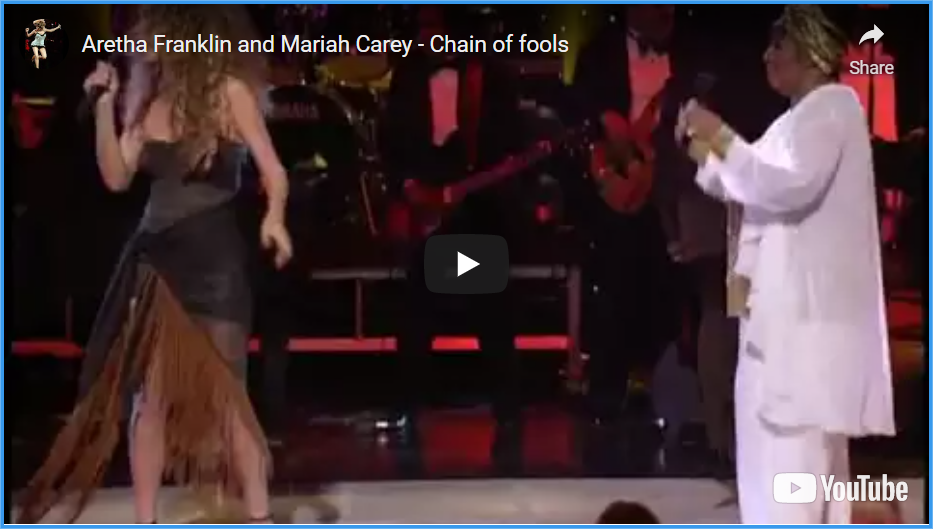War and music
- Hans-Peter Mofors

- Jun 7, 2022
- 4 min read
Updated: May 27, 2023
In this issue with the title “War and Psychiatry”, music is maybe not one of the first things that comes to mind. However, music has always played a big role when it comes to war. In wartime, it has been used as propaganda, to increase nationalistic sentiment and fervor but also as a means to comfort both the victims of war and soldiers participating in it. In the aftermath of war, music has played a role in the process of understanding and processing the emotions related with it. Therefore, I find it interesting to write an article about this.
The most striking example of entertainment and encouragement in war time is Marlene Dietrich (1901 – 1992). This German born American singer and actress is known for her humanitarian efforts during World War II, for her work to improve the morale on the front lines during the war. "Lili Marleen" is a German love song recorded by Dietrich in 1945 as musical propaganda and became hugely popular during World War II, interestingly among both the Axis and Allied troops.
Music has been widely used as a means to increase nationalism in war times. For instance, “God Bless America” was first written by Irving Berlin in 1918 during the First World War. However, the song was revised in 1938 and was not introduced to the public until Kate Smith finally rendered it during the Second World War. It begins as a prayer: "As we raise our voices. In a solemn prayer" and then the lines "God bless America, my home, sweet home" are repeated several times.
It is also known that music has been used for the purpose of propaganda. One group that understood the role that music played in spreading their political message was the Nazis in Hitler's Germany. Clearly understanding the link between music and political warfare, propaganda minister Josef Goebbels stated: "Music affects the heart and emotions more than the intellect. Where then could the heart of a nation beat stronger than in the huge masses, in which the heart of a nation has found its true home”. Hitler made use of music glorifying Germanic legends, such as the works of Richard Wagner. Wagner's operas employed imagery of knights which Hitler then co-opted for images of himself.
In classical music, there are plenty of examples of pieces composed to stir up patriotism and also music commemorating the fallen. One of the most popular classical pieces of all time is Tchaikovsky’s 1812 Overture. From cannon fire to crashing cymbals and brass fanfare, the deafening orchestration of this music was conceived to commemorate the Battle of Borodino, fought in September 1812. The composer's cannon-fueled epic is completely ostentatious in its representation of wartime. Here is a link to the final, with bells and cannons!
The French composer Olivier Messiaen wrote his quartet “For the End of Time” when he, at the age of 31, was a prisoner of war in a German camp in 1940. This beautiful and powerful piece of music was premiered by Messiaen’s fellow prisoners in the camp – on ruined instruments. It has come to be one of the composer’s most important works. I would like to draw your attention to the fifth movement for its expressive musical beauty.
Hitler’s attack on Russia in 1941 inspired one of Shostakovich’s greatest works, his ‘Leningrad’ Symphony No. 7, dedicated to the city of Leningrad. The premiere took place while the city still was under siege by the Nazi forces. This symphony became popular in the Soviet Union as a symbol of resistance to Nazi occupation, as well as a musical memory of the estimated 27 million Soviet citizens who died in World War II. Interestingly, the symphony ends in a colossal C-major, which is ambiguous if not blatantly ironic, though triumphantly cathartic.
In the world of opera there are numerous situations dealing with war. In Aida, maybe more as an excuse for a big parade, or more in a comedic form in “La Fille du Regiment”.
In Tosca, the war serves more as a background. The only pre-1945 opera dealing with the horror of war is Les Troyens.
After World war II, the subject of war is treated more seriously by composers. Best known is probably Prokofiev with War and Peace, based on the Leo Tolstoy novel, here a musical response to the sufferings of the Soviet Union.
In latter times music has also become a means of expressing opposition to war, especially in rock and roll. Songs such as “Born in the USA” by Bruce Springsteen were written to highlight the plight of soldiers who died during the war. It also spoke about the hardships veterans faced once they came back from the war. Other songs were “Chain of fools” by Aretha Franklin and “Purple Haze” by Jimmy Hendrix. “Chain of fools” for example which started off as an anthem of female independence by Franklin, became after Martin Luther King’s assassination in 1968 a prominent tool of anti-Vietnam protest even though it did not directly address the war.
Finally, one of the most ominous pieces of music ever composed is probably “Threnody for the Victims of Hiroshima” by Krzysztof Penderecki in 1961, a composition for 51 string instruments. It is dedicated to the residents of Hiroshima killed and injured by the first ever wartime usage of an atomic weapon.
So, music has indeed in many ways been composed, and used for, in various ways in relation to war, both for good and more sinister purposes. Not least, music has been used to describe the immense horror of war. Finally, I want to show you this poignant reminder and a moving example of the beauty of music in these horrifying times we live in.














